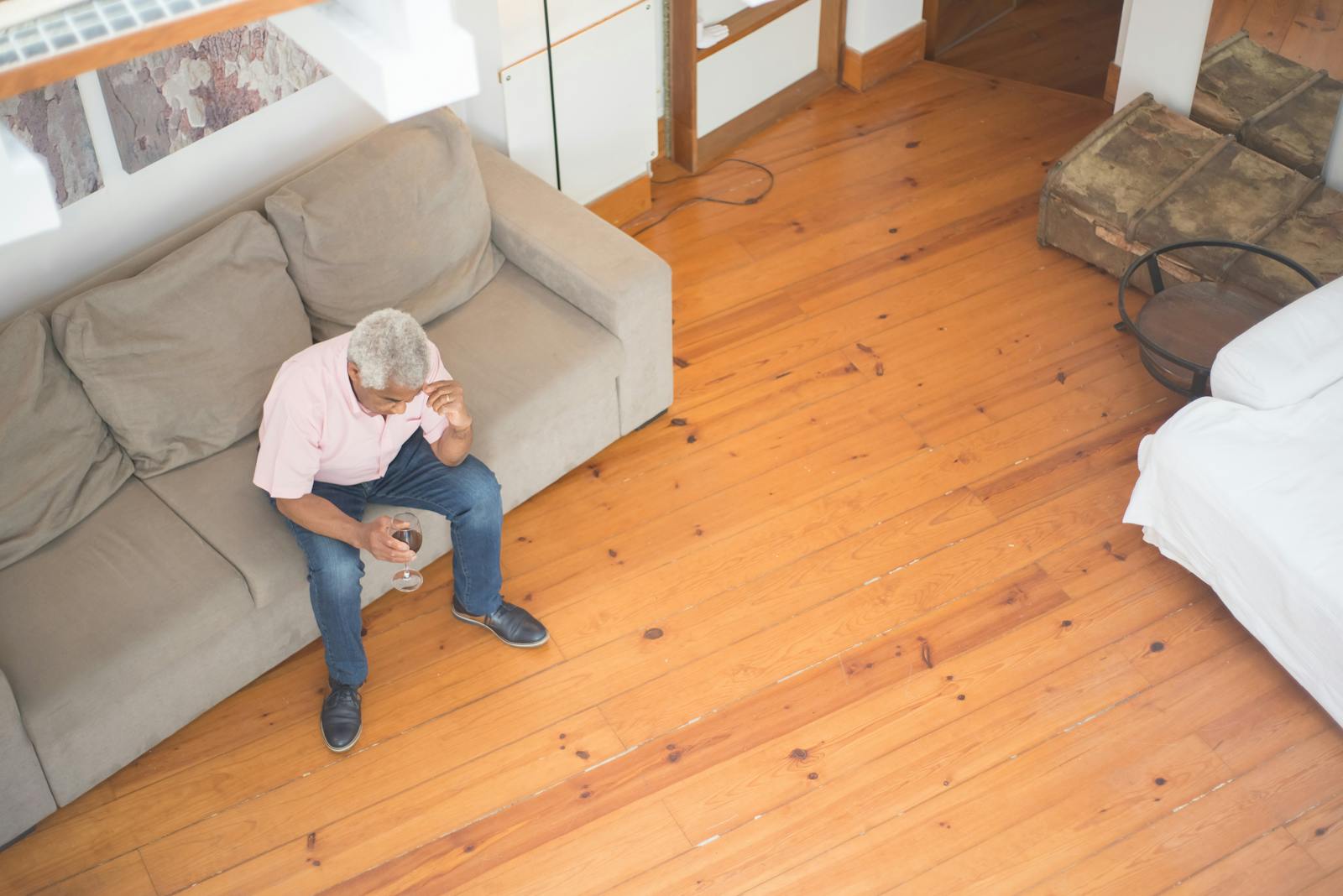Tenants Living Amid Rubble in Rent-Regulated Apartment War

After 23 years of living in their rent-stabilized apartment, Noelia Calero and her family are fighting to stay. The landlord, they say, is using intimidating tactics to push them out.
The letter from the landlord said he needed access to the apartments for a couple of weeks to make repairs.
The worker who showed up the next morning was armed with a sledgehammer and an electric saw, the tenants said, and took just hours to destroy the kitchens and the bathrooms. When the worker was done, the tenants in 1L could see the building’s basement through the remnants of their kitchen floor.
Eight months later, the kitchens and bathrooms in Apartments 1L and 1R, two rent-stabilized units on the ground floor of a six-unit building in Bushwick, Brooklyn, are still a gutted mess of exposed beams and debris. And the tenants and the landlord are locked in a standoff that underscores the anxiety coursing through changing neighborhoods, where many landlords are trying to capitalize on New York City’s robust real estate market while many lower-income tenants wonder how long they will be able to hold on to their homes.
“Our only sin is to have lived here for a long time,” said Carlos Calero, 52, a supervisor at a recycling company who pays $706 a month for the two-bedroom apartment he shares with his wife, two children and two young grandchildren.

Noelia Calero, right, and her family live in one of the apartments whose kitchens and bathrooms were destroyed. CreditDave Sanders for The New York Times
Landlord-tenant disputes are a fact of life in a city where rental units are 68 percent of the housing market, though what has unfolded in that building in Bushwick, at 98 Linden Street, is not the norm, city housing officials say. But for many tenants and many landlords, the stakes are high, and who wins and who loses in such disputes has acquired new urgency amid rising housing prices that are putting pockets of the city out of reach of families like Mr. Calero’s.
Mayor Bill de Blasio has promised to expand the number of homes affordable to low- and moderate-income New Yorkers to ease the housing crunch. But tenant advocates say that, in order to make a dent, the mayor must also focus on the loss of affordable apartments.
In gentrifying neighborhoods that can sustain double or triple the stabilized rent, legal aid lawyers and law enforcement officials say, many tenants face illegal and often successful pressures to move out, from buyout offers to demands that they offer proof of citizenship.
Apartments can legally be removed from rent regulation under certain conditions, including when a building’s government subsidies expire or there is a conversion to condominium or cooperative. But by far the most common way an apartment becomes market rate, according to data from the Rent Guidelines Board, is when it becomes vacant and the landlord is allowed vacancy- and improvement-related increases that bump the rent to or over the deregulation threshold of $2,500 a month.
A tightening of state rent laws in 2011 made it more difficult to deregulate an apartment, but there was still a net loss of more than 2,500 rent-stabilized apartments in 2012, the latest year for which statistics have been released by the state. That year saw at least 6,960 apartments added to the stabilized stock, mostly by property owners encouraged by tax incentives. But 9,499 apartments left the system during the same period, 71 percent because of vacancies.
Tenant advocates have the ear of Mayor de Blasio, who as public advocate ran a “worst landlord” watch list. Administration officials said that Mr. de Blasio intended for the city to “aggressively” intervene when large stabilized apartment complexes threaten removal from regulation and that he saw the need to beef up enforcement of housing and building code violations. The mayor has also promised to set up a fund to help tenants, most of whom go to housing court without lawyers, fight landlord wrongdoing.

Ms. Calero and her family have lived for months in their Brooklyn apartment with debris instead of a kitchen and bathroom. CreditDave Sanders for The New York Times
One of the families in the Bushwick apartments whose bathrooms and kitchens were destroyed, whose case is being handled by Legal Services NYC and Bushwick Housing and Legal Assistance, pays $675 a month in rent and says they could not afford anything over $1,000. That family, in apartment 1R, consists of a couple, Juan Calero and Gloria Corea, 67, their daughter Noelia Calero, 31, and her husband, Rolando Cajina, 44, the only one currently holding a job, as a road maintenance worker.
“If we had an alternative,” Mr. Cajina said, “we would have left already.”
Mr. Calero and Ms. Corea, immigrants from Nicaragua, moved into their two-bedroom apartment in the early 1990s, when the neighborhood was plagued by poverty and drugs and was far from the enclave of artists, students and now young professionals that makes recurrent appearances in shows like HBO’s “Girls.” Through that transformation, the number of rental units in Bushwick that are rent-regulated had fallen to 32 percent in 2011 from 43 percent in 2002, according to data from the Furman Center for Real Estate and Urban Policy at New York University.
The families in 1L and 1R, who are related, have dug in with the help of other relatives in the building who let them use their kitchen and bathroom. Their lawyer, Brent Meltzer, said that help was one reason the tenants had not received an order from the city to vacate the building. Calls to the landlord, Joel Israel of Linden Ventures L.L.C., were not returned. In papers filed with Housing Court, Mr. Israel said Linden bought the building in January 2013 and had found “structural defects which pose a hazard to the residents.” The tenants, he said, have refused offers for alternate accommodations as he tries to rehabilitate the building.
But the city’s Buildings Department records show that a previous owner completed structure reinforcement work as recently as 2012. And Mr. Israel did not obtain permits for any construction work. Last August, the Buildings Department issued a stop-work order that has yet to be lifted.
The landlord has offered contradictory explanations for the damage to the property. Before the city’s Environmental Control Board to fight a violation issued by the Buildings Department for the unpermitted removal of plumbing fixtures and floors in the two apartments, Linden Ventures’ manager, Chaim Twersky, testified last November that the tenants had vandalized their own apartments because they were being evicted. The board’s administrative law judge hearing the case found for the landlord and dismissed the case.
Written By: By MIREYA NAVARRO FEB. 24, 2014
 |
Elizabeth Whited | Company Website | LinkedIn Connect |
Elizabeth is the Operations Coordinator at the Rent Rite Directory. She has written educational articles for multifamily magazines and Real Estate websites to help Property Managers and Owners improve their properties, and reduce crime in their communities. |






